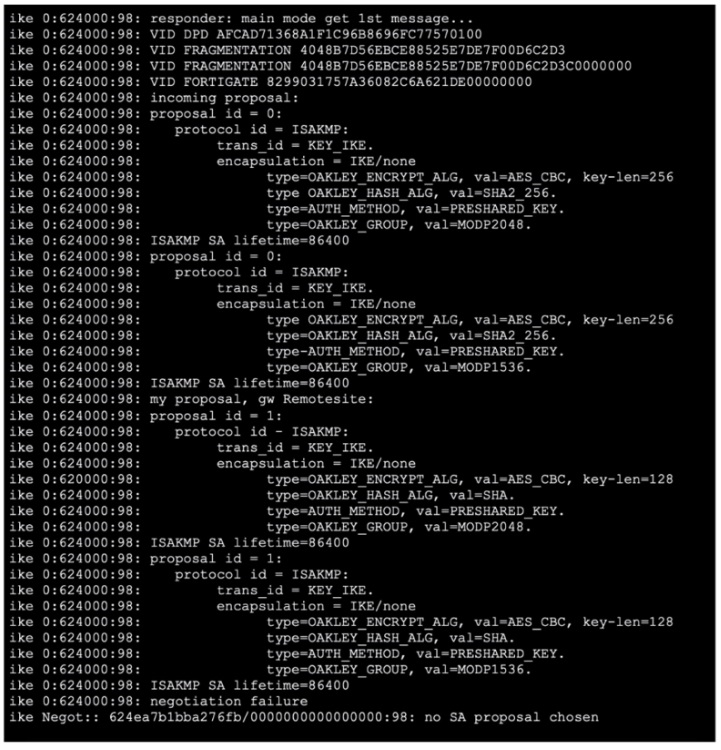- 40 Actual Exam Questions
- Compatible with all Devices
- Printable Format
- No Download Limits
- 90 Days Free Updates

| Vendor: | Fortinet |
|---|---|
| Exam Code: | NSE7_NST-7.2 |
| Exam Name: | Fortinet NSE 7 - Network Security 7.2 Support Engineer |
| Exam Questions: | 40 |
| Last Updated: | December 13, 2025 |
| Related Certifications: | Fortinet Certified Solution Specialist, FCSS Fortinet Certified Solution Specialist Network Security |
| Exam Tags: | Advanced Fortinet Network Security EngineersSystem Administrators |

- 24/7 customer support
- Unlimited Downloads
- 90 Days Free Updates
- 10,000+ Satisfied Customers
- 100% Refund Policy
- Instantly Available for Download after Purchase
